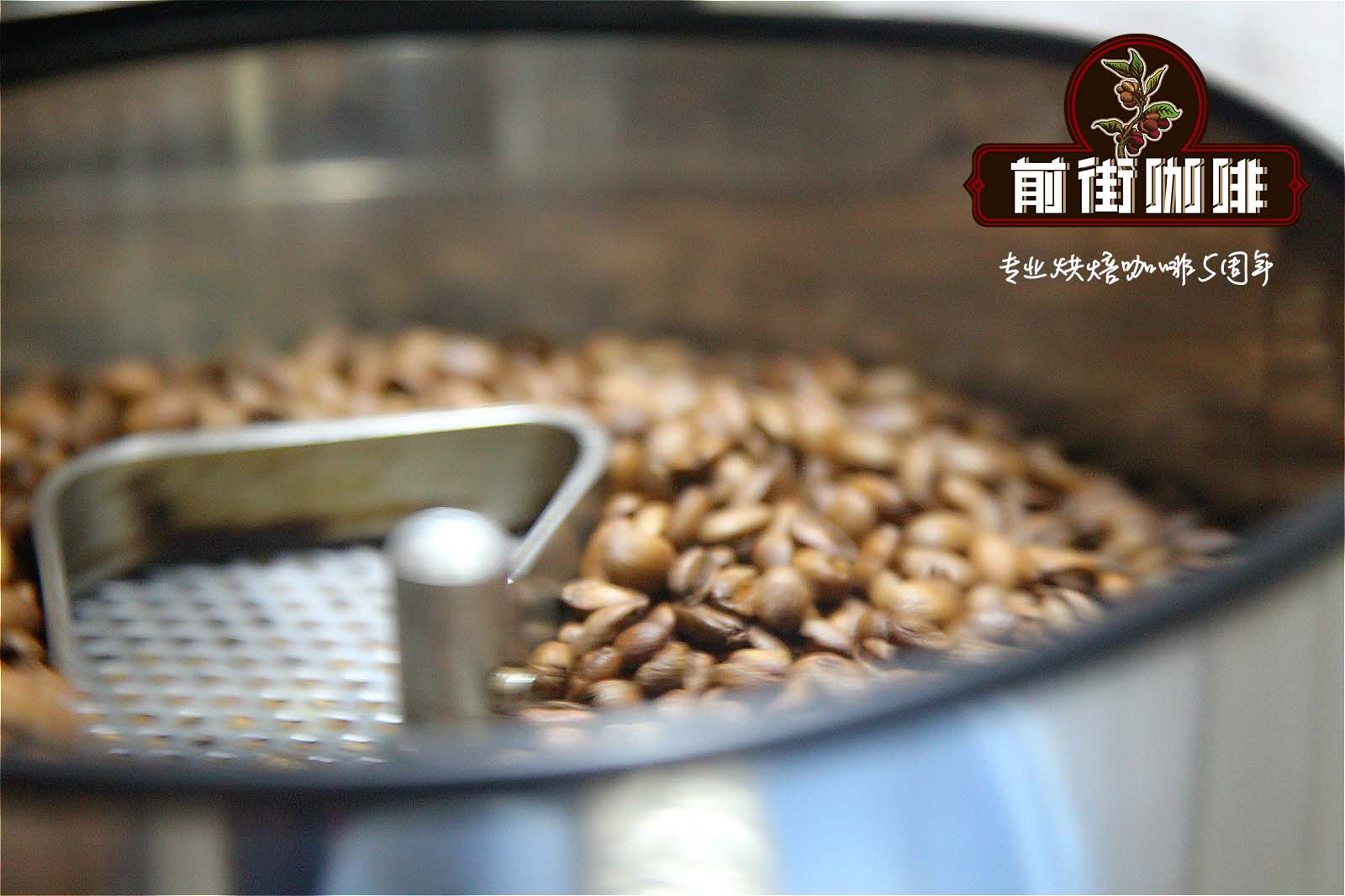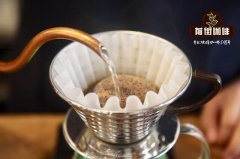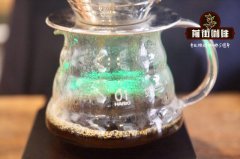How to drink Matagalpa coffee beans by hand _ the best coffee producing area in Nicaragua

Professional coffee knowledge exchange more coffee bean information please follow the coffee workshop (Wechat official account cafe_style)
Matagalpa production area information story introduction:
The excellent Nicaraguan coffee is among the highest in the world, it is mild and delicious, moderate granule, very fragrant. In many countries, coffee production has been seriously affected for political reasons.
Nicaraguan coffee industry is no exception. The best Nicaraguan coffee is grown in the north and middle of the country, and the best coffee is produced in Matagalpa.
Kaddura Coffee varieties introduction:
Kaddura taste full of fruit, berries sour, a little spiny, the finish is full of blueberry shadow, raw beans look hard green, this is the most important feature of Kaddura.
Kaddura, a single gene variant of Bourbon bourbon, was found in Brazil in 1937. It has better production capacity and disease resistance than bourbon, and the tree is shorter and easy to harvest. Unfortunately, like bourbon, it has the periodic problem of production capacity fluctuation every two years. But its flavor is comparable to or slightly worse than bourbon beans, more importantly, super adaptability, no shade trees, direct exposure to the sun can also be full of vitality, commonly known as exposed coffee (Sun Coffee), can adapt to high-density planting, but must apply more fertilizer to increase costs, so the acceptance of coffee farmers is not high in the initial stage.
But soybean prices soared in the 1970s, and farmers switched to Kaddura to increase production, which was vigorously promoted by the Brazilian and Colombian authorities and yielded fruitful results. The acceptance of Kaddura by farmers means a great change in planting technology. Brazil and Colombia switched to high-yield, high-density sun-exposed planting. by 1999 ○, 14 million bags of coffee beans could be harvested on 1 million hectares, increasing production capacity by 60%. No wonder Kaddura, with high production capacity and high quality, has become a variety relied on by various producing countries.
Kaddura is suitable for planting in the high altitude area from 700m to 1700 m, with strong adaptability to altitude, but the higher the altitude, the better the flavor, and the production capacity is relatively reduced, which is the fate of fine beans. In academic circles, some people call Kaddura the bourbon of dense and exposed version, which can be said to hit the nail on the head. There is also a variety of yellow Kaddura (Caturra Amarello) in Central and South America, but the wind rating is not as good as Huang bourbon.
When Kaddura is slightly roasted, the sour aroma is obvious and the whole is bright. If handled properly, the sweetness can be very good, but the mellowness of coffee is relatively low compared with bourbon, and the cleanliness of the taste is a little less.
Introduction to Washed Process treatment:
In view of the disadvantages of the traditional solarization method, the water washing method comes along with it. First, most of the pulp of the harvested fruit is separated from the coffee beans by a peeling machine, then directed to a clean tank, soaked in water for fermentation to completely remove the residual pulp layer, and then dried in the sun or by machine, reducing the water content to 12%. As the water washing method has first removed the pulp, so in the drying process, will not worry about mildew, moth-eaten problems like the sun method.
(↑ peeling machine to remove pulp) (↑ soaking in water to ferment) (↑ paving and drying)
The flavor of sun-dried beans is rich and full, and the layered feeling is very distinct and diverse, while water-washed beans have a very clean and refreshing taste, with obvious acidity, and different treatments make coffee beans have a distinctive aroma.
Flavor description: with lactic acid fermentation acidity, while bringing grape and brown sugar flavor, with Earl black tea texture and rising sweetness in the finish.
Baking suggestions / Analysis:
Recommended brewing equipment: hand punching, pressure, siphon
Cooking analysis:
Today, we introduce the common method of making Nicaraguan coffee by coffee hands in front street: V60 three-stage water injection method.
Extract by stages, pour all the cooking water into three stages.
Suitable for light, medium and medium roasted coffee beans
Use filter cup V60 cup
Increasing the steaming time or water cut-off times can improve the rich taste of the coffee.
Segmented extraction method of three-stage water injection
Advantages: it is richer than the one-knife flow, and can clarify the flavor of the front, middle and back of the coffee. The method is to increase the amount of water injection each time after steaming, usually when the coffee liquid is about to drop to the surface of the powder layer, and use small, medium and large water flow to do three-stage extraction.
Disadvantages: there will be relatively high requirements for the flow rate and flow rate of water.
Qianjie [Nicaraguan Coffee hand Punch Parameter proposal]
Brewing with V60 filter cup can improve the hierarchical sense of hand flavor, drink more rich and clean, and show incisively and vividly the rich flower and fruit aroma and soft fruit acidity of Nicaraguan coffee.
15g powder, water temperature 89-90 degrees, grinding BG 5R (64% pass rate of Chinese standard 20 sieve), water powder ratio close to 1:15
Technique: steaming with 30g water for 30s. The hot water in the hand flushing pot draws a circle clockwise with the center of the filter cup in the middle of the filter cup, starts the time when brewing, injects water to 30g, then stops the injection and waits for 30 seconds to inject water for the first time.
When the first water injection is the same as before, the speed can be slowed down slightly, speed up a little when you go around the outer circle, cut off the water at about 1:15 seconds, and then inject water again when the liquid level drops 1 inch 3. The second water injection is concentrated on the central water injection. The water flow should not rush to the place where the coffee powder is connected with the filter paper, so as not to produce channel effect. Finish the extraction at about 2:05 seconds, and the longer the time is, the longer the extraction can be done. The astringent and rough taste will increase.
Segment: 30-125-230g
END
Important Notice :
前街咖啡 FrontStreet Coffee has moved to new addredd:
FrontStreet Coffee Address: 315,Donghua East Road,GuangZhou
Tel:020 38364473
- Prev

How to make Maraka Dula Coffee in Nicaraguan Orchid Manor by hand? how to make Maracadura?
Professional coffee knowledge exchange more coffee bean information please follow the coffee workshop (Wechat official account cafe_style) Nicaraguan Coffee-Orchid Manor this washed Maracadura has a high hardness and larger size, from Nicaragua. When we tested the cup, we were surprised to find that it had the flavor of Yoledo! Because it has lactic acid fermented acid, it also brings grapes and
- Next

How good is the black honey coffee in Nicaragua's Bosnian Manor? how much powder do you use to make brownies by hand?
Professional coffee knowledge exchange more coffee bean information please follow the coffee workshop (Wechat official account cafe_style) Nicaraguan coffee-Bosinia estate information story introduction: processing factory introduction Cafetos de Segovia micro batch processing plant belongs to the second generation of Albir family sisters Ana and Martha Albir, they inherited the passion for coffee from their father, Albir
Related
- Detailed explanation of Jadeite planting Land in Panamanian Jadeite Manor introduction to the grading system of Jadeite competitive bidding, Red bid, Green bid and Rose Summer
- Story of Coffee planting in Brenka region of Costa Rica Stonehenge Manor anaerobic heavy honey treatment of flavor mouth
- What's on the barrel of Blue Mountain Coffee beans?
- Can American coffee also pull flowers? How to use hot American style to pull out a good-looking pattern?
- Can you make a cold extract with coffee beans? What is the right proportion for cold-extracted coffee formula?
- Indonesian PWN Gold Mandrine Coffee Origin Features Flavor How to Chong? Mandolin coffee is American.
- A brief introduction to the flavor characteristics of Brazilian yellow bourbon coffee beans
- What is the effect of different water quality on the flavor of cold-extracted coffee? What kind of water is best for brewing coffee?
- Why do you think of Rose Summer whenever you mention Panamanian coffee?
- Introduction to the characteristics of authentic blue mountain coffee bean producing areas? What is the CIB Coffee Authority in Jamaica?

